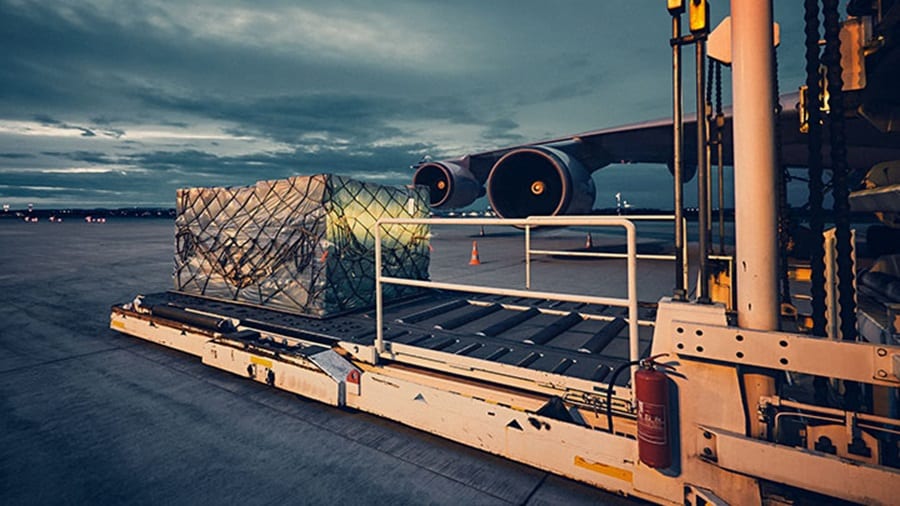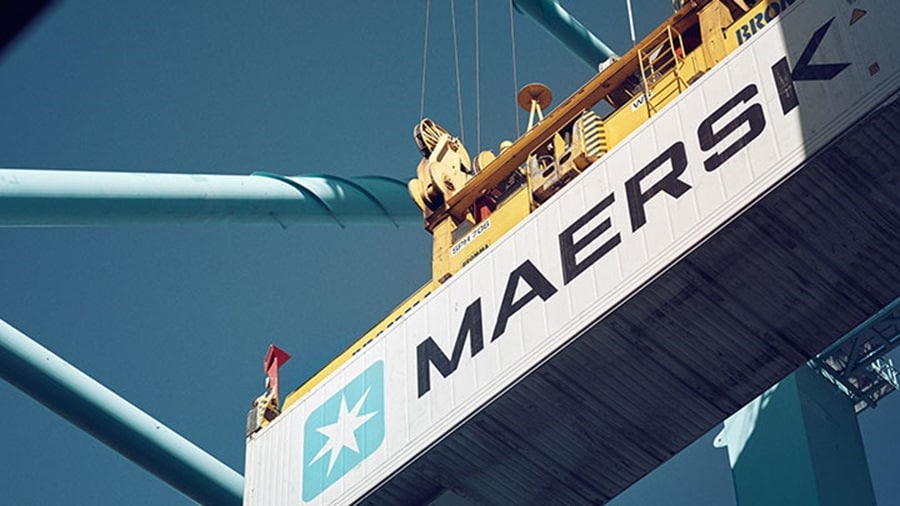The world of customs is forever evolving, and in recent years that evolution has accelerated in a number of ways. Not just in terms of embracing the age of digitalisation, the need for compliance and simplified procedures, but also how organisations view customs and the value behind implementing a strategy to open the black box of the border.
Supply chain disruption and uncertainties since 2020 have made businesses re-assess their logistics operations to find factors that increase resilience and predictability in the battle against potential future challenges and crises - and customs has certainly come under the microscope for many.
This shift is all about ensuring customs compliance through strategic planning in the event of unexpected, short-term shocks, all the while building long-term stability and sustainability within customs handling. Despite this, there are still areas of customs and border management that remain outside of businesses’ control; but will this always be the case?

Collaboration and partnerships hold the key
The future of customs is all about taking the unknown and bringing it into the everyday, broadly through collaboration and strategic partnerships. Businesses control what they think they can control at the border right now, but the unpredictable activities of government agencies and other players at land borders, ports and airports remain out of their hands.
With this comes uncertainty every time cargo reaches the border, with no way of knowing how long certain procedures will take and what potential hold-ups are occurring– all causing increased lead times of products to market.
So how do we connect these dots of the supply chain and bring everything together as part of the wider ecosystem, allowing government agencies to fulfil their obligations to protect citizens while still facilitating legitimate trade?
The simple answer is through trust. Trust is earned, not given or entitled - and it always goes both ways. Trust can be proven by compliance records, validation, system-based controls and self-assessment – what we today call compliance management through trusted trader programmes.
This type of control system is not only providing predictability, speed and cost-efficiency crossing borders, it’s also proven a more efficient way for government agencies to ensure compliance, safety and security of trade.
If companies and governments come together and share their data in a secure and manageable way – potentially through blockchain technology – then suddenly the framework is in place for safe, faster-moving supply chains with minimum disruptions and better risk assessment of cargo for officials.
Source data, such as commercial information from private sector companies, is very much in existence and available today through secure data pipelines, but only what’s absolutely mandatory at the border is being shared. That much is more than understandable, but the benefits that will come from wider transparency and voluntary cooperation in the future could bring a great deal of success.

With accurate, relevant data from the source throughout the supply chain and information on every entity that’s part of the trade, governments can carry out earlier checks and risk assessments to ultimately allow cargo to pass through borders faster.
Not only will this keep supply chains moving seamlessly and bring goods to market quickly (especially for low-risk compliant trusted traders), but if partners are trusted and verified by the government it will also remove the need for time-consuming interactions and disruptive inspections.
This type of trusted trade lane could subsequently increase the safety and security of the entire supply chain through self-assessment and self-inspection. With trust, Government agencies can move their controls away from border and supervise these lanes digitally, with improved results for all parties.
Governments can then focus their resources on the more high-risk interventions around the world – which will indeed be for the greater good of all. They can also share their own real-time data and intelligence with the trusted community to help traders stay compliant and enhance the safety and security of the entire supply chain.
For example, there could be a legislative change coming to light that would heavily alter the way a product is made. Governments can alert their trusted companies (since they now know them and their operations better) to this change early in the process and give them the best chance to make the necessary adjustment, rather than leaving it too late and potentially resulting in heavy fines.
This level of compliance and sharing is a partnership above all else, so as long as it’s working both ways and proving beneficial for all parties, we’ll see a far more efficient and transparent ecosystem in the world of customs in the future.

Collaboration doesn’t stop there
For logistics service providers, being close to customers, understanding pain points and providing solutions is paramount. Within customs, it’s about building as much resilience as possible and in the future working more closely with other providers to improve the industry as a whole.
If there are areas of the system that require improvement for the good of international trade and customers, then providers can come together, pre-empt the problems and actively start building more resilient infrastructures, partnerships and networks.
Sharing knowledge and expertise will put the building blocks in place to not only cope with the next crisis that comes along, but also set a more resilient and stable blueprint for customs going forward. And with that comes the protection of international trade – aiding growth, reducing poverty and driving the economy worldwide.
Global Trade 2.0 is here and the good news for us all in a world of uncertainty is that it is better than previous versions. The question that remains is: are you ready for it?
未来,您想随时了解必读行业趋势吗?
您已经完成了,欢迎“登船”!
出错了
未来,您想随时了解必读行业趋势吗?
使用此表格注册,即可直接在您的邮箱中接收我们的洞察见解,进入一个真正的综合物流世界。简单操作,即从我们为您量身定做的精选文章中获得启发,了解相关行业洞察信息。您可以随时取消订阅。













